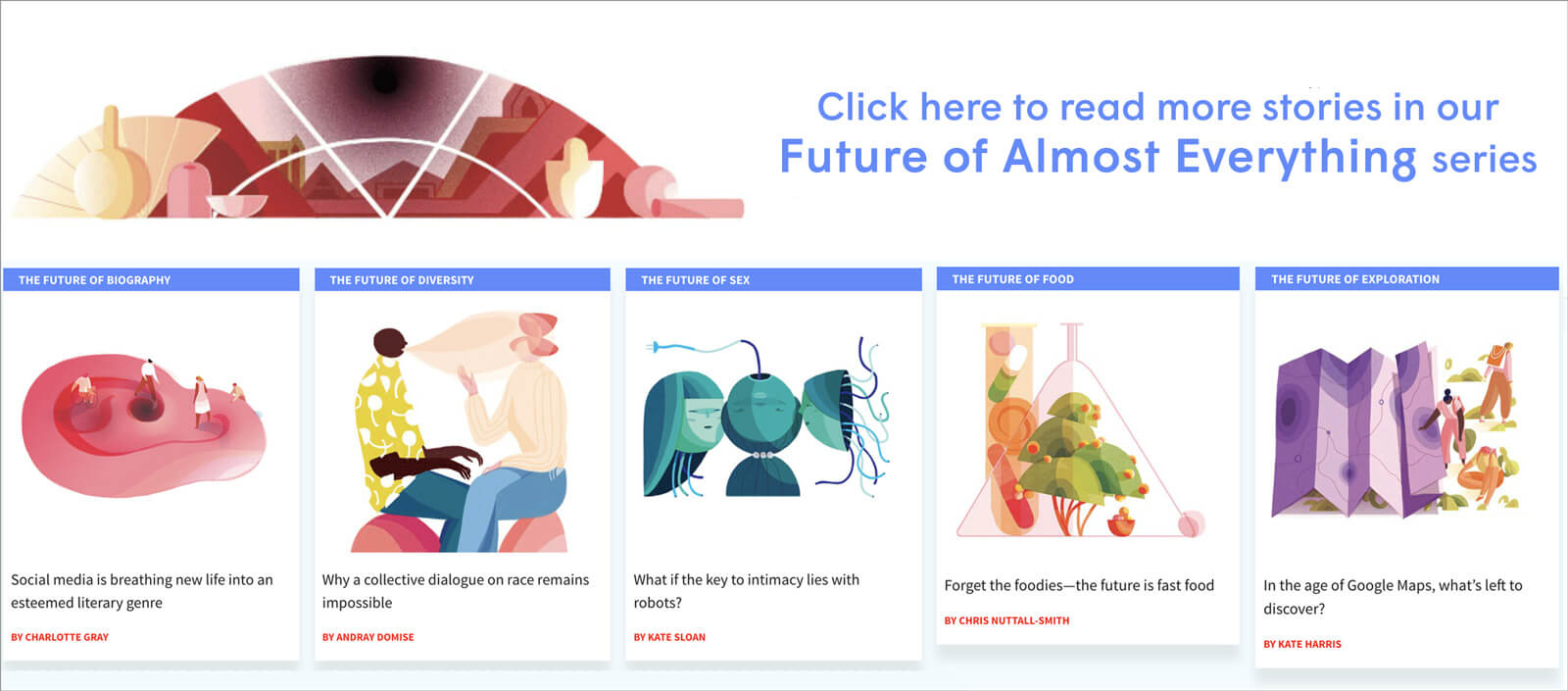When I was nine, I loved watching Thundarr the Barbarian. To see the cartoon, though, I had to wait until Saturday mornings, then endure several more hours until the appointed broadcast time. And, to enjoy my twenty-two-minute allotment of Thundarr, Princess Ariel, and Ookla the Mok, I’d need to sit through a barrage of ads for fruit- and chocolate-flavoured breakfast cereals. When the program finished, I’d have to wait another week to do it all over again.
My four-year-old daughter, by contrast, loves watching the animated show PJ Masks. The only thing stopping her from watching it at every hour of every day is her parents (she long ago mastered the TV controls). My daughter’s relationship with television is not just different from my own experience growing up—it is completely alien. This is part of the reason I’ve come to think that consuming television has changed more dramatically in the last forty years than any other kind of cultural consumption—more than movies, more than books, even more than post-Napster pop music.
Television today is more plentiful and much better than it’s ever been. There was nothing on network TV in the 1980s that was as sophisticated as The Sopranos, The Wire, Atlanta, or Game of Thrones (I know—I was there). But as the number of good and great shows has increased, one aspect of the medium has gotten worse: we’ve lost the communal act of watching television together.
The technology has moved past the limited appointment model, in which a small number of programs were broadcast at a standard time every week, to the current model, in which, thanks to streaming, just about any show from around the world can be viewed anywhere, at any time. Put another way, there’s a pretty good chance you and I don’t watch the same shows. And there’s a very good chance that, if we do watch the same shows, we aren’t watching them at the same time.
Anyone who’s spent a few hours scrolling through Twitter might counter by saying that watching TV is more social than ever, in that people no longer just discuss their viewing habits with their family, friends, and colleagues, but with everyone else in the online world. But this is the ouroboros of online life—everything sends us back to our screens. Watching TV is now “social” in the way that visiting Facebook is “social.” When the finale of M*A*S*H was broadcast, in 1983, it was a cultural event that drew more than 100 million viewers. Last year, even the much-talked-about Girls struggled to draw a million viewers a week. Television, which was always the most democratic of forms, has fractured into thousands of insular audiences, and it’s likely that, in the coming years, this divergence will only increase. Even Neil Postman, who in 1985 wrote the famous anti-TV treatise Amusing Ourselves to Death, assumed the shared experience of television was both part of its appeal and of its danger. Back then, when it came to TV audiences, there was still a collective “ourselves” to talk about.

It’s instructive that the most tweeted-about show of 2017 was Game of Thrones, which, not coincidentally, is one show that clings to the remnants of the near-obsolete appointment model. Episodes are released on Sunday nights, and because people are keen to know what happens and to avoid spoilers, viewers tend to watch them as soon as they air or quickly thereafter. Compare that to Babylon Berlin, a show on Netflix that I recently became obsessed with. It’s a German-made series that I found out about only because someone tweeted a recommendation to me. I inhaled its sixteen available episodes and then started looking for someone with whom to discuss them. I was only able to find one person, and we’ve been emailing about it ever since.
I understand the irony of citing a show that, in a previous era, I would never have been able to view as an example of the kind of show that, in the current era, I most want to talk about with others. Eventually, people in my circles may start watching the series, and perhaps then we can tweet at each other about it. In some ways, though, waiting for others to get with the program is as excruciating as waiting a whole week to watch a new episode of Thundarr.




